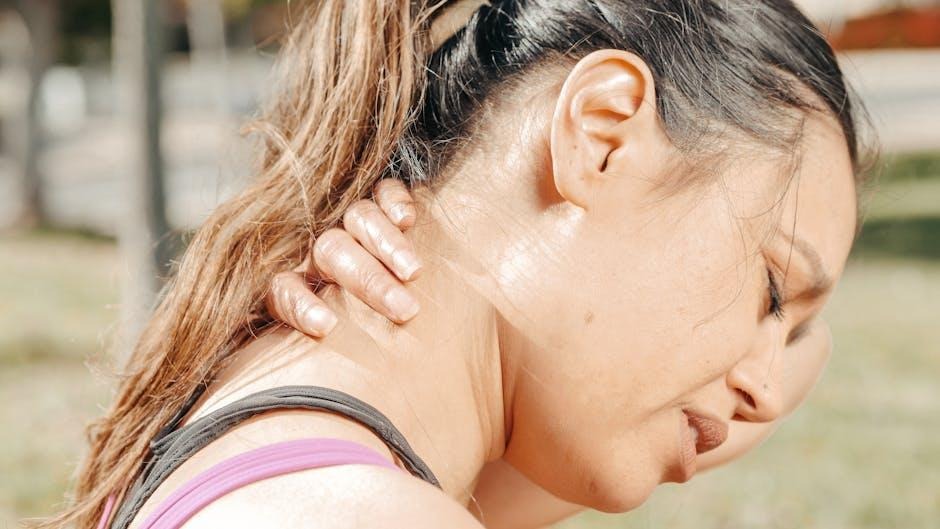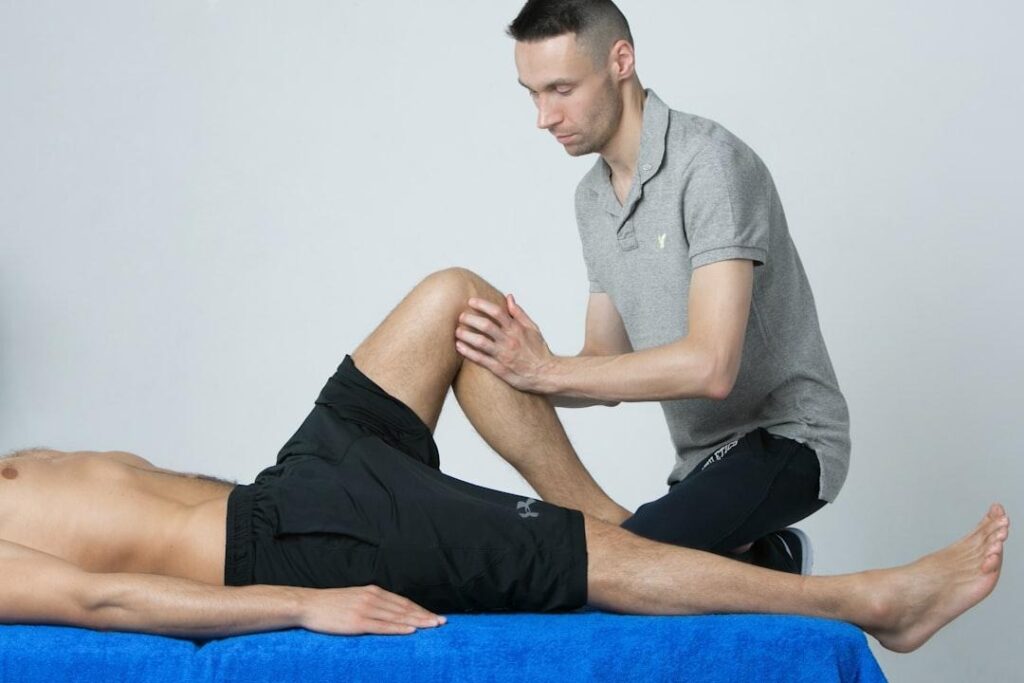Sustaining a long-term injury can impact physical health, mental well-being, and quality of life. Coping with the aftermath of such injuries demands a comprehensive approach to wellness. Focus on different aspects of health, ranging from physical therapy to emotional support. Read on to explore various strategies and practices to promote wellness during the rehabilitation process.
Physical Rehabilitation
A structured rehabilitation program can help regain lost functions, reduce pain, and prevent further complications. Engaging with physiotherapists or trainers who specialize in injury recovery can provide personalized treatment plans tailored to individual needs. Exercises designed to improve flexibility, strength, and endurance rebuild physical capabilities.
Rest and recovery allow the body to heal effectively. Balancing activity with adequate rest promotes better results, as overworking injured areas can lead to setbacks. Emphasizing physical rehabilitation enforces the body’s healing mechanisms and creates an empowering sense of control in the recovery journey.
Seeking Support from Legal Professionals
When injuries are caused by another party’s negligence, understand your legal rights and the options available for pursuing compensation. Consulting with experienced legal professionals like the Tad Nelson criminal & family law firm or other legal professionals in your area can guide you during this difficult time. A knowledgeable attorney can help individuals navigate complicated insurance claims, gather necessary evidence, and determine whether pursuing a lawsuit is in their best interest.
Having trusted legal support can ease these burdens. The right attorney protects a person’s rights and helps guarantee they do not face unnecessary financial or emotional strain during the recovery process.
Nutrition and Wellness
A balanced diet provides the necessary nutrients that support the body’s healing abilities, including protein, vitamins, and minerals. Foods rich in antioxidants, such as fruits and vegetables, can reduce inflammation, whereas protein sources such as lean meats and legumes assist in muscle repair. Stay adequately hydrated to maintain optimal physiological function.
Patients should steer clear of excessive sugar and processed foods that can trigger inflammation or hinder recovery. Consulting with a nutritionist can help tailor dietary choices to individual needs and preferences so that meals are nourishing and boost morale.
The Importance of Mental Health Support
The emotional toll of being unable to engage in regular activities can lead to feelings of frustration, anxiety, or depression. Seeking mental health support from professional therapists or support groups can offer invaluable assistance. These resources provide safe spaces to express feelings and fears, encouraging a sense of community and understanding among others facing similar challenges.
Meditation or journaling can provide tools for patients to navigate emotional upheavals. Techniques for managing stress ease the psychological burden and promote positive coping strategies. Recognizing that emotional wellness is just as important as physical recovery can inspire individuals to focus on holistic healing approaches.
Support Networks
No one should navigate the path of long-term recovery alone. Building a strong support network comprising family, friends, and caregivers builds wellness. Loved ones can offer companionship, motivation, and assistance while dealing with the physical and emotional challenges of recovery. Regular check-ins and open conversations about feelings and needs can improve relationships and promote emotional healing.
Peer support groups, both in-person and online, can connect individuals with others who have experienced similar injuries. These platforms create a sense of belonging and community, reducing feelings of isolation. Engaging with others who are navigating similar experiences can lead to shared tips and encouragement.
Exploring Creative Outlets
Engaging in creative activities can be a therapeutic way to cope with the emotional strain associated with long-term injuries. Art, music, writing, and crafting serve as excellent outlets for self-expression and can help individuals channel their feelings into productive formats. Exploring creative options can contribute to improved self-esteem during recovery.
Painting can improve fine motor skills, and music therapy can promote relaxation. The process of creation promotes a positive mindset and drives engagement, helping to alleviate feelings of frustration that may arise from setbacks in physical recovery.
Staying Active Within Limits
Even with limitations, individuals should strive to incorporate activities that cater to their current abilities. Adapted exercises such as swimming, gentle yoga, or walking can promote cardiovascular health and muscle engagement without overstressing injured areas. Customizing activity levels according to physician or therapist advice is crucial in preventing further injuries.
By acknowledging capabilities and establishing attainable goals, individuals can maintain a sense of accomplishment and motivation. Exploring new hobbies or interests that align with current physical abilities can spur engagement and excitement, aiding in balancing emotional health successfully.

Taking a proactive approach to maintaining wellness during a long-term injury requires commitment and persistence. From physical rehabilitation to emotional support, each aspect contributes to promoting a holistic sense of well-being. Addressing both the physical and emotional elements increases the chances for successful healing, allowing individuals to regain control of their lives.
